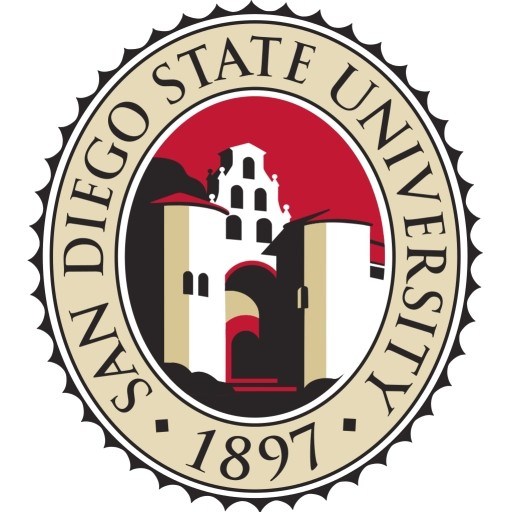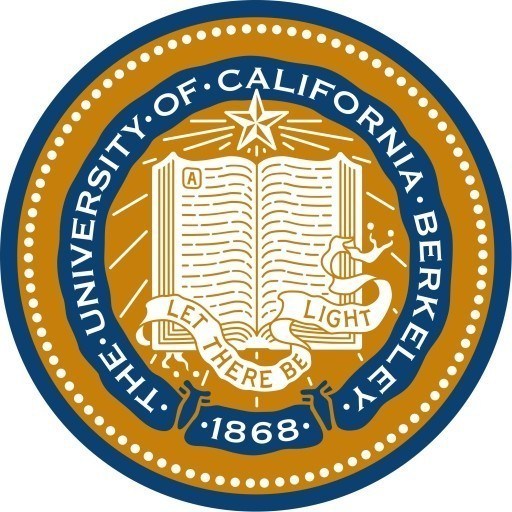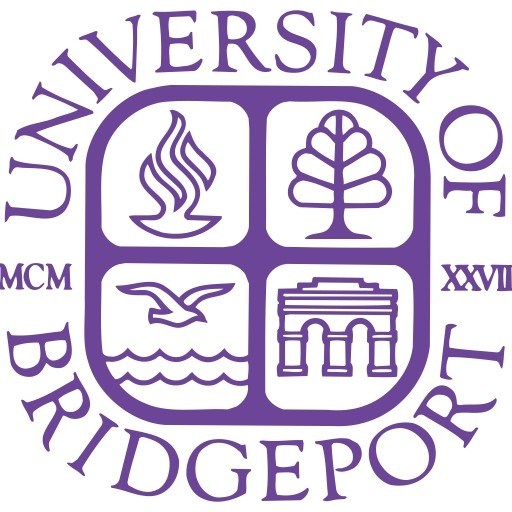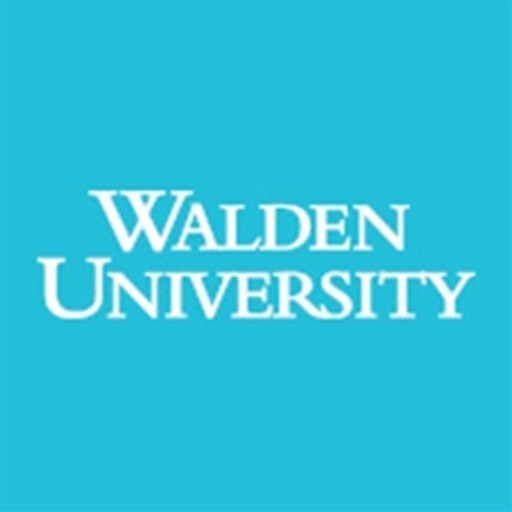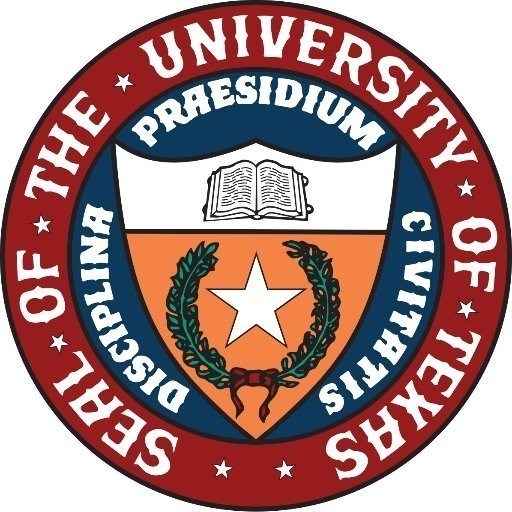Photos of university / #wustl_official
The Bachelor of Arts in Visual Art at Washington University in St. Louis offers students a comprehensive and dynamic education in the creation, analysis, and appreciation of visual art. This interdisciplinary program is designed to cultivate artistic skills, critical thinking, and theoretical understanding, enabling graduates to pursue careers in contemporary art practice, art history, curation, education, and related fields. The curriculum emphasizes both studio practice and art theory, providing students with opportunities to experiment with diverse media—including painting, sculpture, installation, photography, and digital art—while also engaging with art history, criticism, and contemporary issues in the arts. Students benefit from the university’s state-of-the-art facilities, including dedicated studio spaces, galleries, and technical resources that support innovative creative projects. The program encourages experimentation and personal expression, fostering an environment where students develop technical proficiency alongside conceptual depth. Faculty members are accomplished artists and scholars committed to mentoring students through individual and collaborative projects. Throughout their studies, students participate in exhibitions, internships, and community engagement initiatives to build professional experience and connect with the broader art world. The curriculum is flexible, allowing students to tailor their coursework to specific interests such as fine art, digital media, or art education. Graduates emerge with a strong portfolio, critical thinking skills, and a nuanced understanding of art’s role in society, preparing them for diverse careers or further graduate study in the visual arts. The program reflects Washington University’s commitment to fostering creative innovation, intellectual rigor, and social engagement, empowering students to become influential contributors to the art community and beyond.
The Graduate School of Art subscribes to the standards for the MFA degree as set forth by the College Art Association of America (CAA) and the National Association of Schools of Art and Design (NASAD).
The residence requirement for the MFA degree is at least two academic years of full-time study (minimum 12 credits each semester). Students have five calendar years from the date of first registration to complete the degree. Individual programs are arranged with the Director of the Graduate School of Art. Graduate students work with faculty advisers according to their areas of interest within the Sam Fox School and the university at large.
Students must complete 44 units of Graduate Studio (10 credits each semester in the first year; 12 credits each semester in the second year) and two seminars in contemporary practice (3 credits each) in the first year. In the last semester, students take a 3-credit thesis seminar. The culminating event of the graduate program requires students to present, defend and document a thesis exhibition.
Electives may be taken from art, art history, and academic courses:
- Art electives introduce students to the intellectual and conceptual issues and production methods of a broad array of practices which complement and expand the student's area of study. First-year students must take all art electives at the 500 level; second-year students must take all art electives at the 600 level.
- *A combined total of 18 units of undergraduate and graduate art history course work is required for the degree. To earn graduate-level credit as a matriculated student, courses in the Department of Art History and Archaeology must be taken at the 300 level or higher.
- Academic electives must be taken at the 400 or 500 level to earn graduate credit.
Students may not register for courses in University College.
- Drawing: Art Practice
- Drawing: Art Practice (Collage: History and Practice in Contemporary Art)
- Painting: Art Practice
- Painting: Art Practice
- Sculpture: Art Practice
- Sculpture: Foundry
- Sculpture: Blacksmithing
- Sculpture: Metal Fabrication
- Matter in Hand Workshop
- Matter in Hand Workshop
- Sculpture: Foundry
- Sculpture: Metal Fabrication
- Sculpture: Art Practice
- Printmaking: Art Practice
- Printmaking: Art Practice
- Photography: Art Practice
- Kinetic Image/Digital Video
- Photography: Art Practice
- History of Photography
- Time-Based Media: Art Practice
- Tale of Two Cities: Documenting Our Divides
- Time-Based Media: Art Practice (New Media In Art)
- Interaction Design: Applications for Public Health
- Communication Design I
- Introduction to Animating in Three Dimensions
- Interaction Design: Understanding Health and Well-Being
- Communication Design I
- History of Communication Design
- Graduate Studio
- Fiber and Form in the 21st Century
- BookLab
- The Illustrated Book: Design and Production
- A Context for Artmaking
- Contemporary Berlin: An Introduction to its Language and Culture
- Introduction to Letterpress Printing
- Introduction to Book Binding
- Book Arts: Art Practice (The Visual Book)
- Art-ivism
- Public Practice: Art Practice
- Public Practice: Art Practice (Realized Actions)
- Painting
- Sculpture: Blacksmithing
- Sculpture: Metal Fabrication
- Matter in Hand Workshop
- Digital Photography
- Ceramics
- Introduction to Animating in Three Dimensions
- Interaction Design: Understanding Health and Well-Being
- History of Communication Design
- Fiber and Form in the 21st Century
- Thesis
- Thesis Seminar: Giving Form to Opinions
- Public Practice: Art Practice (Realized Actions)
Requirements
- All candidates must submit an online application.
- Personal information.
- A statement of objective of educational and career goals.
- A resume/curriculum vita (to include education and employment history, honors, awards, and extracurricular activities).
- Three letters of recommendation, to be completed by individuals who know the personal and academic qualities of the applicant (preferably—although not necessarily—academic instructors). These three letters will be submitted through the online application process. Please note that, along with other contact information, the applicant will need to provide each recommender's accurate e-mail address.
- A nonrefundable $85 application fee. Note: The $85 application fee will be waived for applicants who complete their online application by November 30. Beginning December 1, the application fee is $85, and must be paid online by credit card.
- Official transcripts. Upload a digital copy (PDF format) of transcripts from all college and universities attended. When submitting academic records from multiple schools, please organize those records for submission as a single PDF. Only those applicants who are admitted and plan to enroll will be asked to send official, hard-copy transcripts to our office by August 1.
- Applicants may be admitted to the MFA program upon completion of the BFA degree or equivalent academic preparation. Specific requirements include: a minimum of 9 credits of Art History, grade point average above 3.0, and good writing skills. No applicant will be considered for admission until all required items have been received by the Graduate School of Art
- Portfolio. A digital portfolio showing examples of design work or work in the visual arts must be uploaded to our online application system. Please review our instructions below carefully. The work represented in the portfolio—whether it includes drawings, photographs of architectural models, or artwork (including various types of media such as paintings, sculpture, ceramics, or photography)—should be the best examples of the applicant's efforts. Applicants who have not studied architecture previously should submit at least 15 examples of work in the visual arts and—if available—in the constructive arts (for example, photographs and drawings from small, three-dimensional built projects such as furniture, kiosks, or decks.) The overall intention is to show work that demonstrates potential for accomplishment in further creative study. Applicants who have pursued formal studies in architecture or landscape architecture must include examples of their design work related to those areas but are also welcome to include examples of other artistic endeavors.Important: Applicants submitting work done collaboratively, either in school or in the profession, should be as specific as possible about the extent of their personal involvement in such projects.
- Test for English as a Foreign Language (TOEFL) with a minimum score of 90 on the internet-based test, 577 on the paper-based test, or 233 on the computer-based test.
- International English Language Testing System (IELTS) Academic module with a minimum score of 7.5.
Scholarships
- Chancellor's Graduate Fellowship Program
- Need-based financial aid assistance
- Merit-based scholarships
The Department of Art at Washington University in St. Louis offers a comprehensive program in Visual Art designed to cultivate students' creative talents, technical skills, and theoretical understanding of art. The curriculum emphasizes both studio practice and critical engagement, allowing students to explore various mediums such as painting, sculpture, printmaking, and digital media. Students are encouraged to develop individual artistic voices while also engaging with contemporary art issues and historical contexts. The program features small class sizes and personalized mentorship from experienced faculty who are active artists and scholars in their fields. Facilities include well-equipped studios, digital labs, and exhibition spaces where students can showcase their work. The department promotes a collaborative environment, fostering interactions amongst students, faculty, and visiting artists through workshops, critiques, and exhibitions. In addition to studio instruction, students benefit from courses in art history, theory, and criticism, which enrich their understanding of visual culture. The program prepares students for diverse careers in the arts, including professional art-making, curatorial work, arts administration, and education. Opportunities for internships, community engagement, and participation in national and international exhibitions are integral components of the program. Graduates of the Visual Art program at Washington University in St. Louis often pursue advanced studies or establish careers as professional artists, curators, or arts educators, contributing to the cultural landscape locally and globally.



